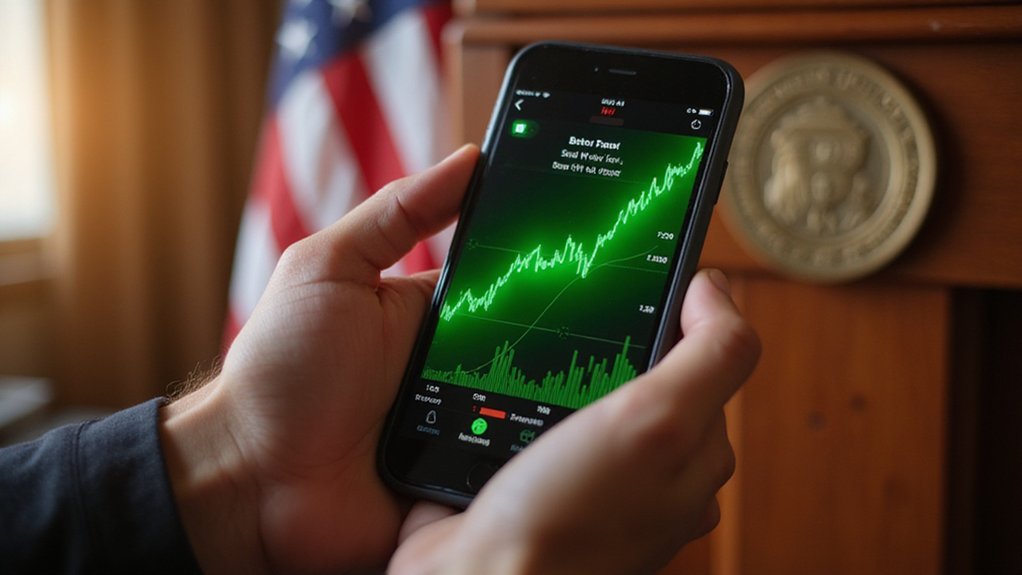While the financial world has witnessed countless bubble-induced catastrophes and speculative frenzies that would make tulip merchants blush, the tokenization revolution presents a rare convergence of genuine technological utility and institutional validation that suggests this particular wave of innovation might actually possess staying power.
The numbers speak with unusual eloquence: tokenization of real-world assets surged 66% in early 2025, reaching $12.83 billion in total value locked, while the broader RWA market ballooned over 260% to surpass $23 billion—growth figures that would normally trigger skeptical eyebrow raises, except regulatory clarity has finally emerged to legitimize what was once dismissed as crypto speculation.
Ethereum maintains its position as the sensible choice for conservative investors seeking tokenization exposure, leveraging its established smart contract infrastructure and DeFi ecosystem dominance. The platform’s robust architecture supports complex tokenization processes while ongoing scalability improvements address the network’s historically frustrating congestion issues.
For those prioritizing proven track records over experimental ventures, Ethereum‘s mature ecosystem offers the closest approximation to a “safe” bet in an inherently volatile space.
Solana presents a compelling alternative narrative, combining high transaction speeds with remarkably low fees—attributes that make tokenization economically viable rather than prohibitively expensive. Its growing developer ecosystem and DeFi integration suggest institutional adoption could accelerate, particularly as scalability advantages become increasingly relevant for managing tokenized asset volumes.
Ripple’s cross-border payment focus creates natural synergies with tokenized assets, especially considering liquidity requirements and the platform’s emphasis on regulatory compliance. Traditional financial institutions seeking blockchain integration find Ripple‘s established partnerships and stable operations appealing, particularly given the regulatory minefield surrounding digital assets.
Chainlink occupies a unique position as the infrastructure provider enabling secure real-world data integration into blockchain systems. Its oracle services facilitate actual tokenization by providing trusted data feeds—a vital component often overlooked by investors fixated on flashier platforms.
Without reliable oracles, tokenization remains theoretical; with them, it becomes practical. The need for whitelisted liquidity pools and programmable yield products will attract institutional investors seeking traditional finance-grade auditability. The SEC’s softening stance on digital assets has encouraged wealth managers to develop crypto strategies for client portfolios, signaling broader institutional acceptance.
The projected $18.9 trillion tokenization market by 2033 suggests early positioning in these established protocols might prove prescient, assuming one can stomach the inevitable volatility inherent in transforming centuries-old financial infrastructure. As cryptocurrencies continue to restructure traditional banking through disintermediation, allowing consumers to bypass institutional middlemen, this competitive landscape pressures financial institutions to innovate and adapt to digital transformation.









